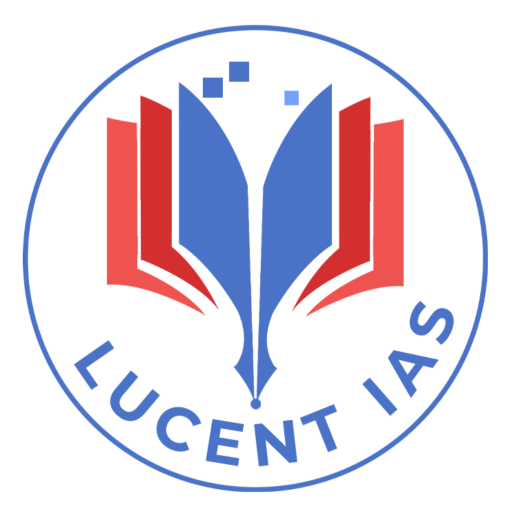ntroduction
The Mukhya Mantri Nijut Moina scheme in Assam represents a significant initiative aimed at increasing the enrollment of girl students in higher education. One of its key objectives is to combat the pervasive issue of child marriage in the state. By providing financial assistance to girl students across various educational levels, the scheme seeks to promote education and empower young women, ultimately leading to a decrease in early marriages. This response will explore how the scheme addresses child marriage and suggest ways to enhance its implementation and outreach for maximum impact.
How the Scheme Aims to Combat Child Marriage
- Financial Incentives for Education The Mukhya Mantri Nijut Moina scheme offers financial assistance to girl students, including monthly stipends for those enrolled in Class 11, undergraduate, and postgraduate courses. This financial support reduces the economic burden on families, making it more feasible for them to prioritize their daughters’ education over early marriage. With over 2 lakh girls expected to benefit, the scheme is positioned to improve the Gross Enrollment Ratio (GER) in Assam.
- Promoting Awareness and Changing Norms The scheme serves as a platform for raising awareness about the negative impacts of child marriage. By emphasizing the importance of education and its long-term benefits, it aims to shift societal attitudes toward girls’ rights and opportunities. Educated girls are more likely to delay marriage and pursue careers, fostering a culture that values education over early matrimony.
- Targeting Vulnerable Groups By focusing on girl students from various socio-economic backgrounds, including those in government and venture institutions, the scheme aims to reach those who are most at risk of child marriage. The exclusion of certain groups, such as married girls (except those in postgraduate and B.Ed programs), helps to channel resources toward those who need them most.
Suggestions to Improve Implementation and Outreach
- Enhanced Awareness Campaigns
- Community Engagement: Launch targeted campaigns in rural and urban areas to educate communities about the benefits of the scheme. Utilize local influencers and community leaders to disseminate information.
- Workshops and Seminars: Organize events that focus on the importance of education and the adverse effects of child marriage, fostering dialogue within communities.
- Streamlined Application Process
Simplification: Simplify the application process for beneficiaries, making it user-friendly and easily accessible.
Digital Platforms: Implement a digital application system to reduce delays and ensure transparency in fund disbursement. - Robust Monitoring and Evaluation
- Data Tracking: Establish a comprehensive monitoring system to track enrollment and retention rates of girl students benefitting from the scheme.
- Feedback Mechanism: Conduct regular evaluations to identify challenges in implementation and gather feedback from beneficiaries for continuous improvement.
- Strengthening Institutional Support
- Collaboration with Educational Institutions: Partner with schools and colleges to ensure they are well-informed about the scheme and can assist students in navigating the application process.
- Training for Educators: Provide training programs for teachers and administrators to enhance their ability to support girls in education.
- Incentives for Schools and Communities
- Recognition Awards: Introduce incentives for schools achieving higher enrollment and retention rates of girls, encouraging institutions to actively promote the scheme.
- Community Incentives: Engage local self-governments in advocacy for girls’ education, creating a supportive environment against child marriage.
Conclusion
The Mukhya Mantri Nijut Moina scheme is a vital initiative designed to combat child marriage in Assam by promoting the education of girl students. By providing financial assistance and fostering a culture of awareness, the scheme seeks to empower young women and enhance their prospects for the future. However, to maximize its impact, it is essential to improve implementation and outreach through strategic measures.
Way Forward
To ensure the long-term success of the Mukhya Mantri Nijut Moina scheme, the government should prioritize building the capacity of local officials, investing in technology for seamless service delivery, and actively engaging communities in advocacy for girls’ education. By incorporating regular feedback and monitoring mechanisms, the government can adapt and improve the scheme to meet the needs of beneficiaries effectively. Ultimately, expanding the scope of the scheme and reinforcing its outreach efforts can significantly contribute to reducing child marriage rates and enhancing the overall educational landscape for girls in Assam.
Attempt the questions:
Here are some Public Service Commission (PSC) standard questions:
- What is the Mukhya Mantri Nijut Moina scheme, and what are its main objectives?
- Discuss the eligibility criteria for the Mukhya Mantri Nijut Moina scheme and identify which categories of students are excluded.
- Analyze how the financial assistance provided under the Mukhya Mantri Nijut Moina scheme is structured for different levels of education.
- Evaluate the impact that the Mukhya Mantri Nijut Moina scheme could have on the Gross Enrollment Ratio (GER) of girl students in Assam.
- What conditions must beneficiaries fulfill to maintain their eligibility under the Mukhya Mantri Nijut Moina scheme?

